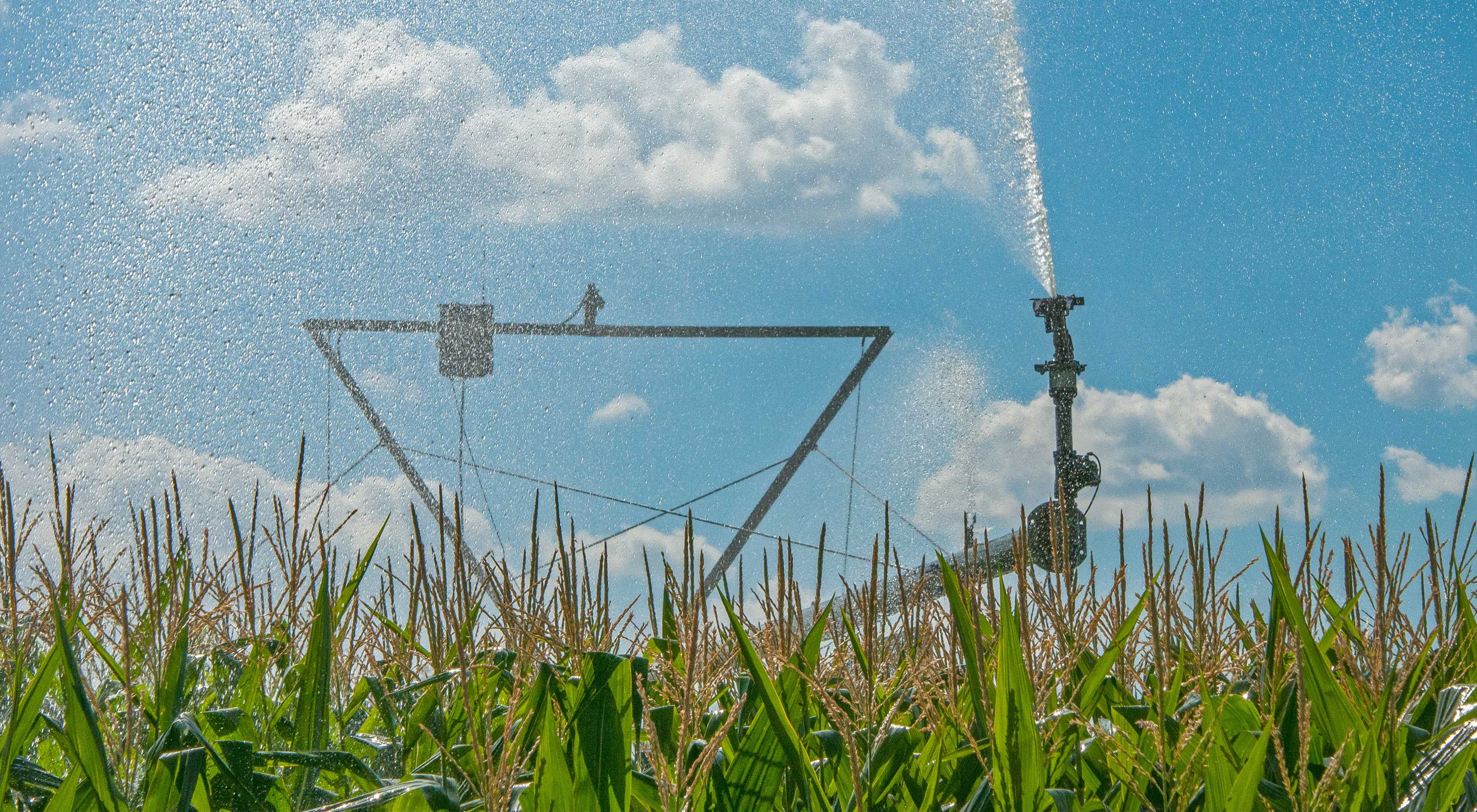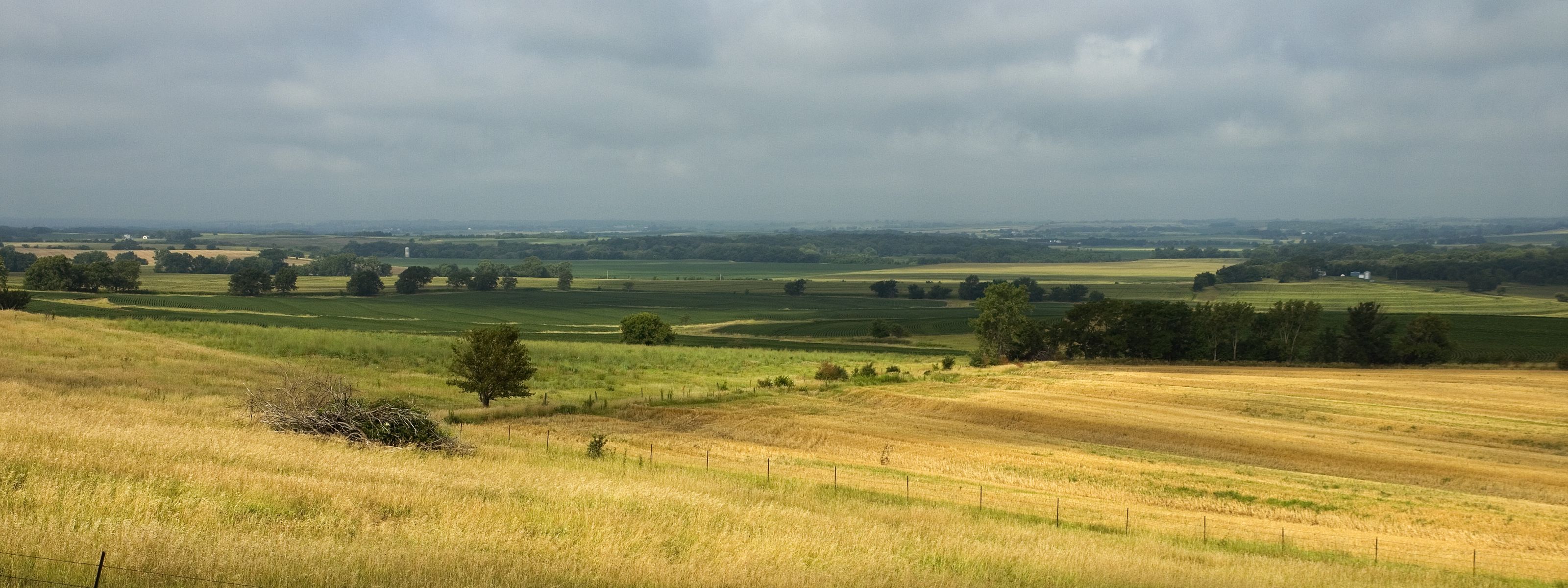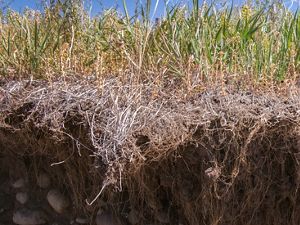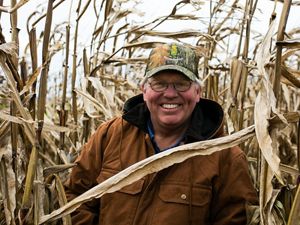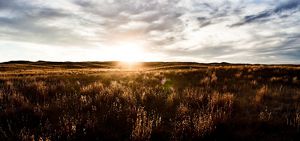Western Nebraska Irrigation Project
A collaboration success story benefits nature and people.
Three years. 8,000 acres. 11 producers. 4.7 billion liters of water saved.
Why does The Nature Conservancy care how farmers are managing their water?
40% of the nation’s irrigated corn is sourced from Nebraska; in fact, there are seven million acres of irrigated land in the Platte River Valley alone. Irrigation accounts for 90% of consumptive water use in the state.
“The Nature Conservancy in Nebraska likes to collaborate with landowners who are interested in conservation, and with emerging technology, we saw a chance to conserve water,” said Jacob Fritton, Director of Agriculture. “We wanted to evaluate the water savings potential of irrigation technologies at both the field scale and the local watershed level—something no one else was doing.”
Quote: Local Farmer
“Understanding how to use the tools is really valuable, but also the cost share really helps. With low commodity prices, having the cost share has really helped to get tools that would normally be prohibited by their cost.”
Interest in sustainable practices is higher than ever—and so are the costs associated with irrigation. Everyone—growers, industry, consumers and conservationists—is interested in learning better ways to do things. Coca-Cola, John Deere, McDonalds and the World Wildlife Fund agreed to contribute resources to start the Western Nebraska Irrigation Project along a 20-mile stretch of the South Platte River valley west of Ogallala, Nebraska.
This site was chosen for several reasons, including the high concentration of center pivot irrigation, availability of quality historic water use records and the hydrologic/geologic features of the watershed. "It offered the right conditions for measuring change," said Fritton.
He connected farmers with technology providers and provided training as needed to each producer. Soil moisture probes, pivot telemetry and weather stations were installed.

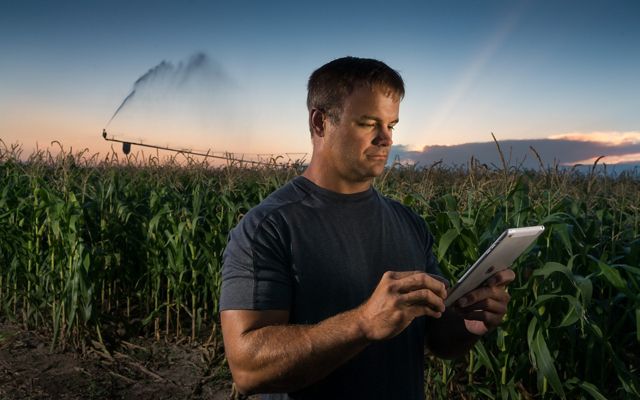
Watershed monitoring also began, and TNC staff and research partners started looking at how water moved across the field given the new irrigation prescriptions. Groundwater wells and weather stations were installed to accurately measure local weather conditions and evapotranspiration.
The program helped the farmers learn to fine tune irrigation across their fields, enabling them to reduce their pumping by about 20%. Over the three-year period, they saved more than a billion gallons of water—enough to fill more than 110,000 semi tanker trucks.
That’s good for the environment, but it is also good for farmers’ bottom lines. Pumping water takes a lot of energy, so reducing pumping saves money. But the study had another interesting result: Less water didn’t equal smaller harvest yields.
Quote: Local Farmer
Time is valuable to us. Telemetry is a huge time saving tool. Soil probes are more interactive to help timing decisions on irrigation events. We found that the water probes paid for themselves easily each year.
Watershed monitoring also began, and TNC staff and research partners at the University of Nebraska at Lincoln started looking at how water moved across the field given the new irrigation prescriptions.
The program has been adapted and is now being replicated in the central Platte valley.
